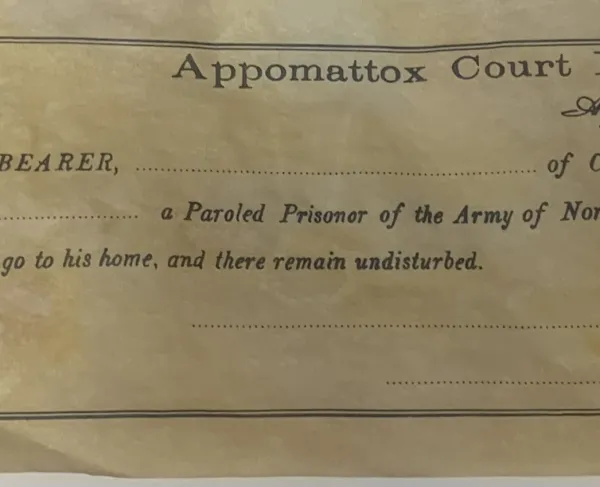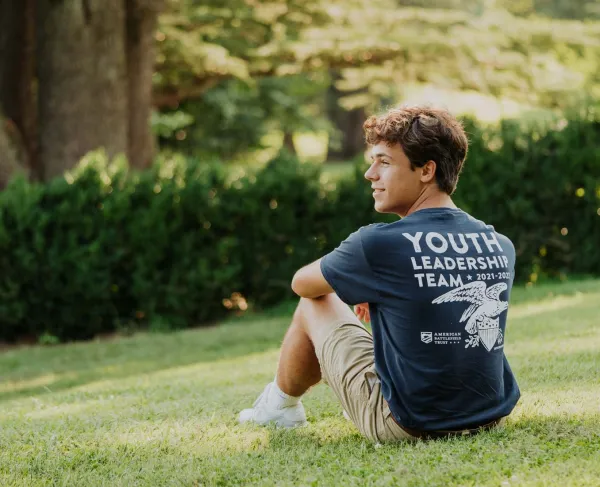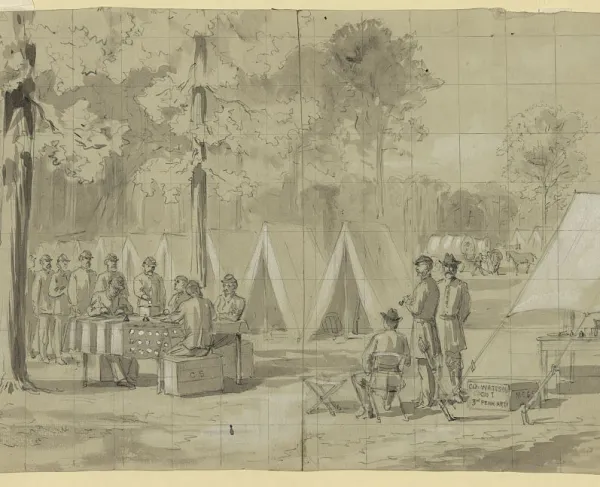From Gold Rush to Cavalry Charge
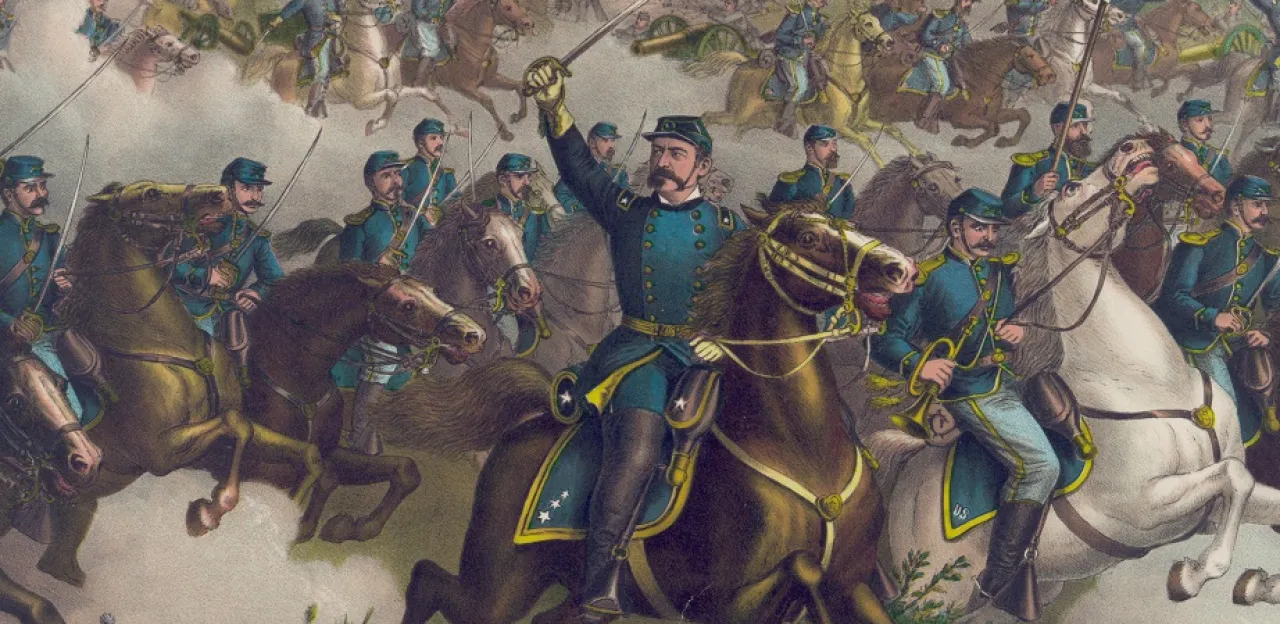
By Daniel Landsman
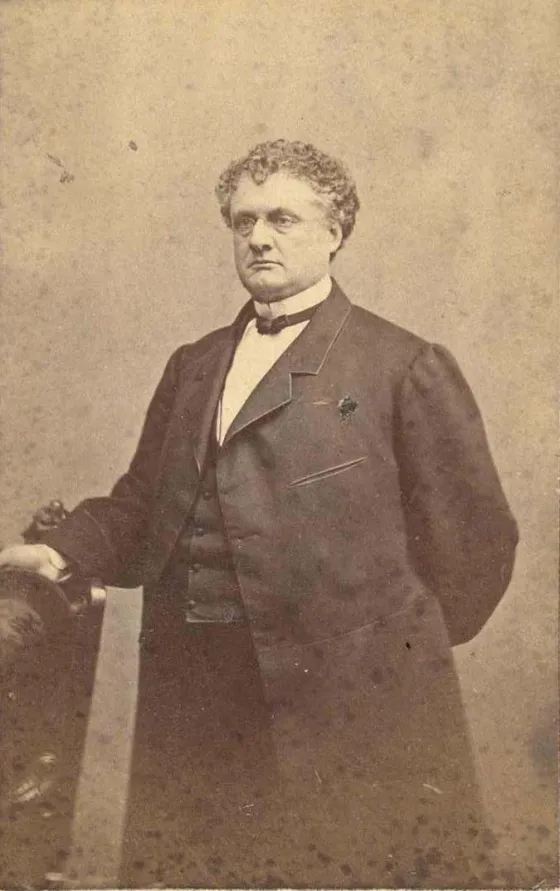
While most of the fighting was occurring more than 2,500 miles from their home state, many Californians sought to volunteer their service, and their lives, to both the Union and the Confederacy. In 1861, a group of Eastern-born Californians, products of the California Gold Rush, acted on their desire to serve. Led by Massachusetts-born James Sewell Reed, a group of California residents approached Massachusetts governor John Albion Andrew with a proposal to send 100 cavalrymen to fight for Massachusetts in the eastern theater.
Governor Andrew accepted the proposal on the condition that they provide their own equipment, uniforms, and travel funds. The Californians accepted this stipulation, and with help from San Franciscans, Company A of the 2nd Massachusetts Cavalry was raised on December 10, 1862. With James Reed serving as their first captain, the 101 enlisted men received the appropriate nickname “The California 100”. Following the successful mustering of Company A, Companies E, F, L, and M were also raised in California, and “The California Battalion” was born.
The Californian and Massachusetts companies met for the first time as a regiment in July of 1862 at Camp Meigs in Readville, Masschusetts. In February 1863, the members of the Californian 100 were separated from their statesmen and joined four other Massachusetts-raised companies in a march to Gloucester Point in southern Virginia. During their march to Virginia, the California 100 was involved in a number of raids. On June 19, the Californians launched a successful raid near King and Queen Courthouse, Virginia where they captured eight Rebel prisoners and a large amount of livestock.
Their success continued on June 25 as they made quick work of the 44th North Carolina at the South Anna Railroad Bridge, killing or capturing all of the Confederates guarding the bridge. The California 100 remained in northern Virginia for the rest of 1863, often clashing with Confederate John Mosby’s guerilla forces.
Following their series of successful raids through north central Virginia, also known as “Mosby’s Confederacy”, the Californian 100 reunited with the rest of the California Battalion as part of Phil Sheridan’s Army of the Shenandoah during his Shenandoah Valley Campaign. On September 19, 1864, the 2nd Massachusetts took part in all of the charges at the climactic cavalry charge at the Third Battle of Winchester. With more than 10,000 riders engaged, it was the largest cavalry charge to ever take place on the American continent. The confederate line “broke into a thousand fragments under the shock” as regiments “burst like a storm of case-shot”. On the morning of the 19th, the 2nd Massachusetts led a successful charge against the 22nd Virginia Cavalry, consolidating a position on the Opequon River’s western bank.
A few weeks after the Third Battle of Winchester, on October 9, the 2nd Massachusetts was part of the Union advance against Thomas Rosser and Lunsford Lomax at the Battle of Tom’s Brook. By the end of the battle, the Californians had captured four pieces of artillery and five guns from Lomax’s division.
On October 19, 1864, 10 days after the engagement at Tom’s Brook, the Californians were involved in the Battle of Cedar Creek. After large numbers of Union infantry fell prey to a surprise Confederate attack, the 2nd Massachusetts spent much of the morning scouting the Rebel position amidst heavy Confederate artillery fire.
By 9:30 A.M., the 2nd Massachusetts reached their position along the Valley Turnpike, north of the Confederate position at Middletown. Lowell and his men held this position, despite being fired upon by Confederate sharpshooters. At 10:30 A.M., Maj. Gen. Phil Sheridan arrived on the field and began to prepare the men for a counter attack.

The Union counter attack began at 4:00 P.M., with the 2nd Massachusetts in the middle of a cavalry column 3,000 men strong. The cavalry charge assisted in the collapse of the Confederate right, which had become the last line of defense after George Custer’s cavalry blew past the Confederate left flank. The Union counterattack overwhelmed the Confederate forces at Middletown, causing the Confederates to retreat. Captain Henry H. Crocker of the 2nd Massachusetts Cavalry was awarded a Medal of Honor for voluntarily leading one of the charges during the Union counter attack during which 14 Confederates were captured.
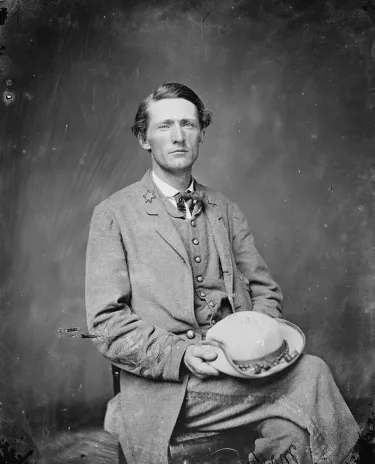
Following the Valley Campaign of 1864, the 2nd Massachusetts resumed their work against Mosby’s Confederacy. Early in November 1864, Mosby ordered that 7 of the 27 Union prisoners be hanged to serve as a warning to General Custer. Mosby had the men pick from a hat which contained 20 blank pieces of paper and 7 pieces of paper with a number on it. Those that selected numbers were hanged. The seven men executed included two of General Sheridan’s staff officers.
The execution infuriated General Sheridan and he promised to “commence on Loudoun County, and let them know there is a God in Israel.” On November 28, the 2nd Massachusetts and the rest of their division rode through Loudoun County destroying anything that may be of use to Mosby and his guerillas. According to Sergeant Sam Corbett of the 2nd Massachusetts “the raid was a complete success, the boys cleaned out Loudoun Valley to a tee, foraging was the order of the day and the order was lived up to.”
On April 6, 1865, during the final pursuit of the Confederate Army of Northern Virginia after the fall of Petersburg, the 2nd Massachusetts along with elements of the Second Corps cavalry were able to set up a road block that separated the rear of James Longstreet’s column and the vanguard of Richard Anderson’s column. As Anderson was discussing the possibility of a retreat through the woods with Richard Ewell, elements of the Sixth Corps set up a blockade at the rear of Ewell’s column. A brief battle ensued with a Confederate counter attack that was quickly repulsed by both Union artillery and the Union cavalry. Three days later at Appomattox Courthouse, Robert E. Lee surrendered the Army of Northern Virginia to Ulysses S. Grant and the 2nd Massachusetts’ role in the Civil War was over. Following the war, many of the men returned to California.
Learn More: California During the Civil War
We have a chance to save these critical pieces of history at Gaines' Mill, Cold Harbor, and Appomattox Court House for just a fraction of their full...
Related Battles
5,020
3,610
